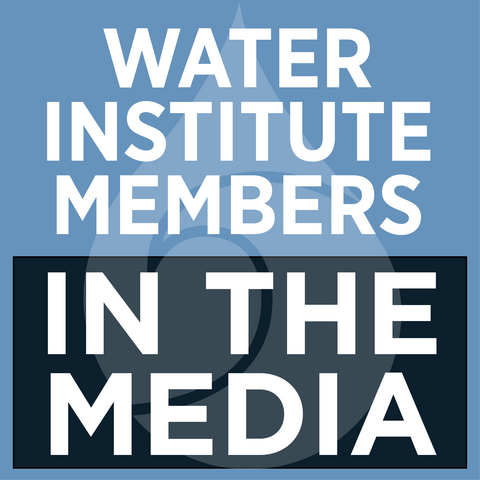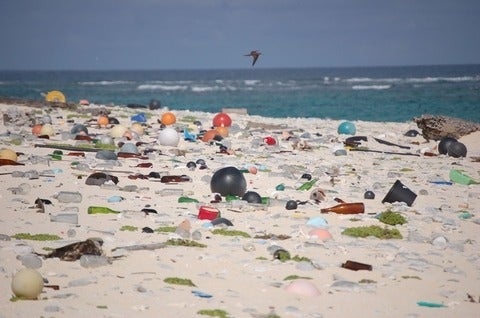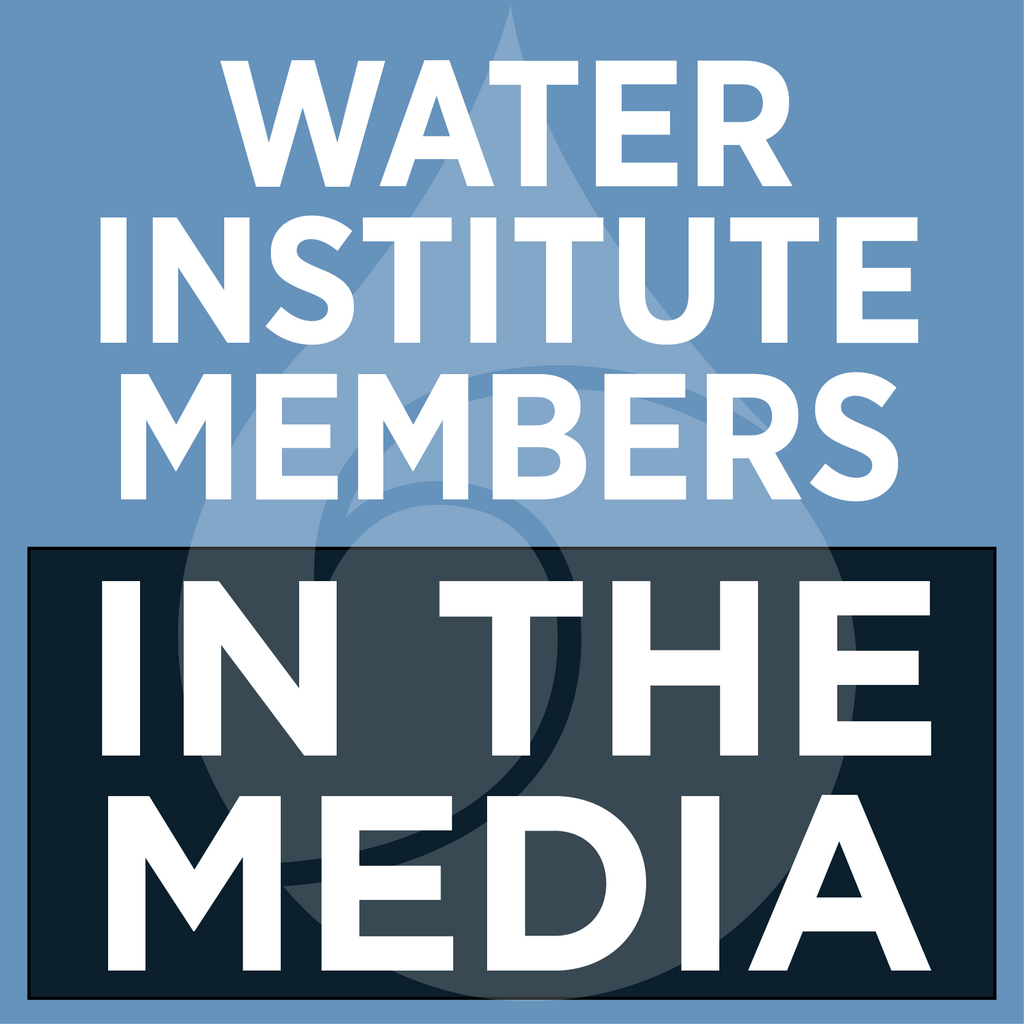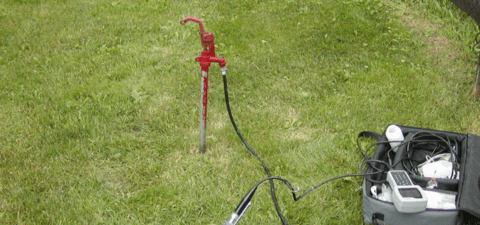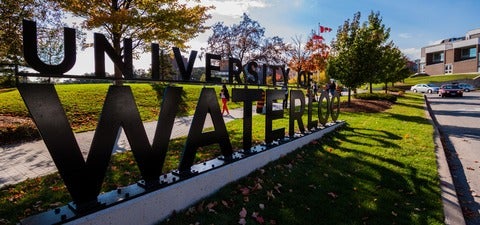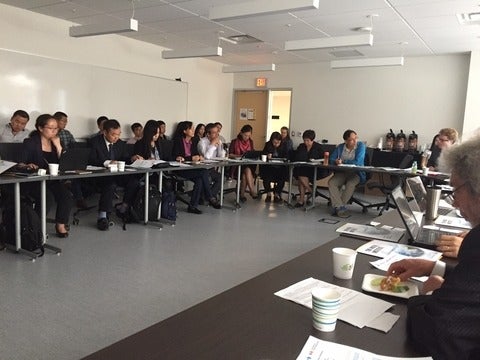Waterloo partners for potable pipe preservation

The University of Waterloo has entered into a partnership with the University of Alberta and Insituform Technologies to improve the maintenance of water distribution pipelines.
The partnership is part of the Alberta-Ontario Innovation Program(AOP)-NSERC program.
